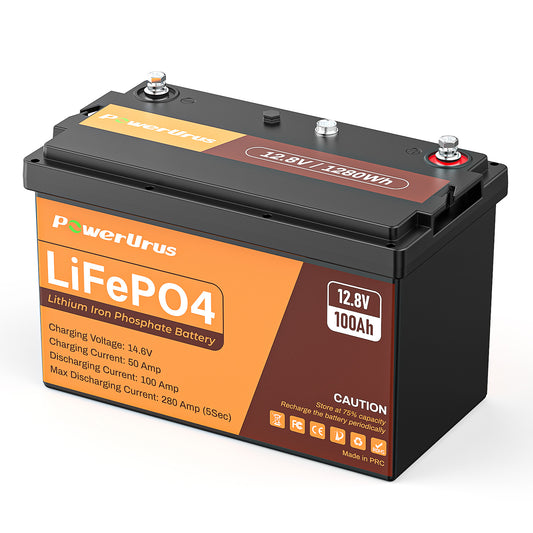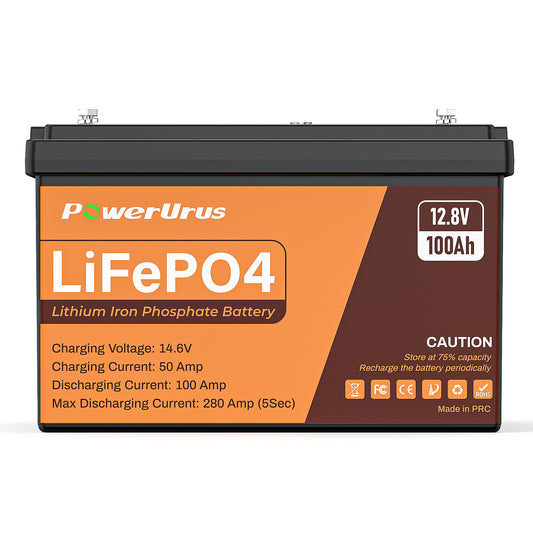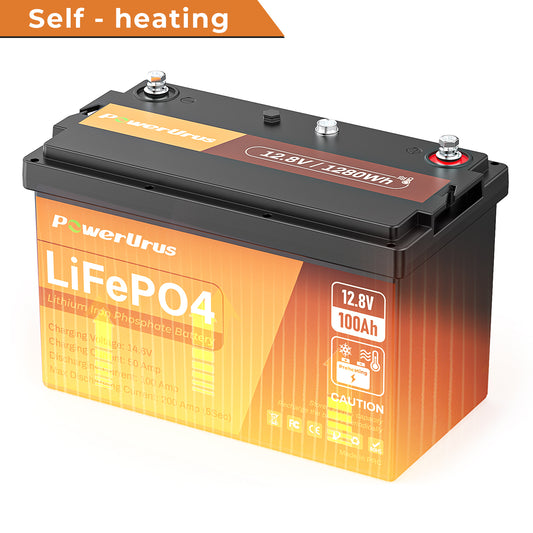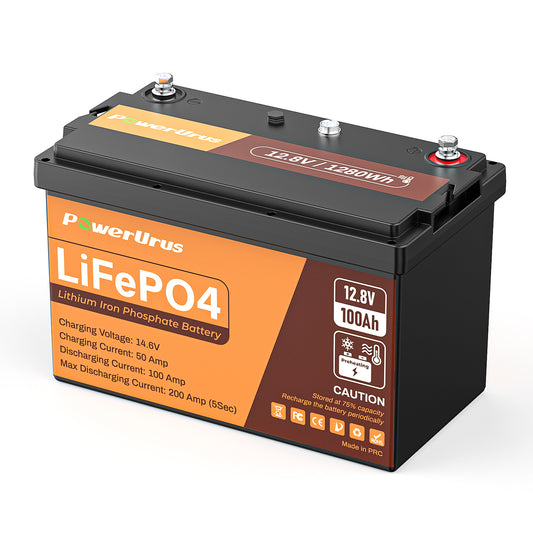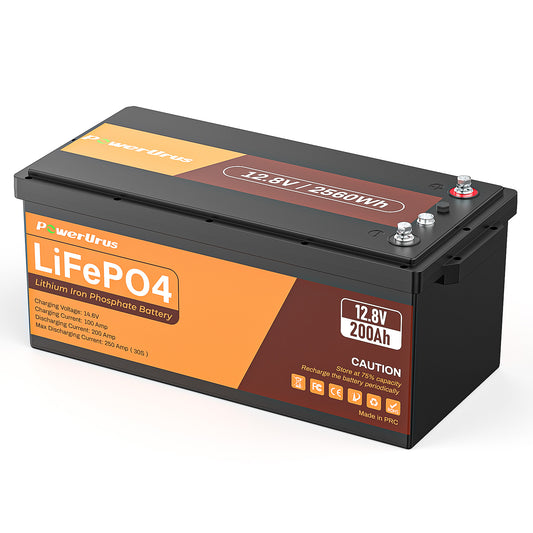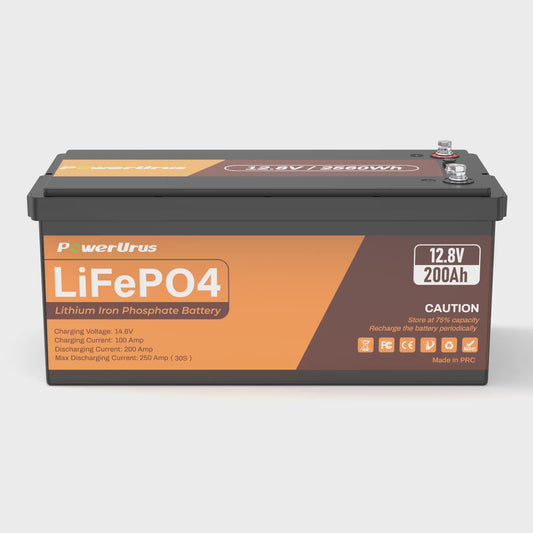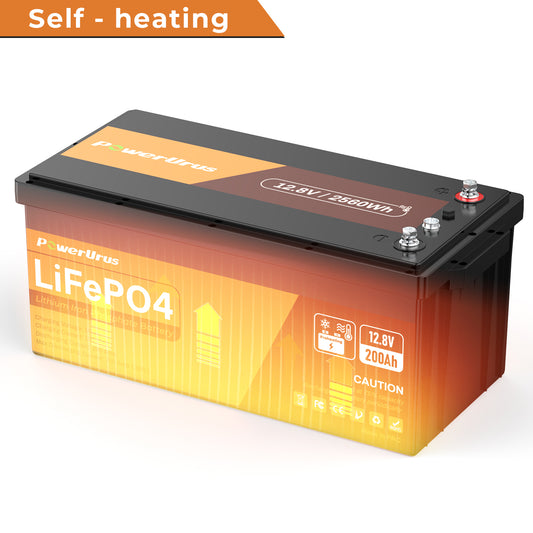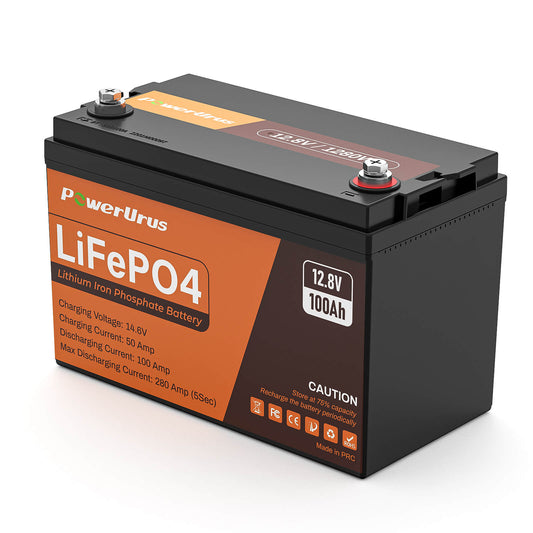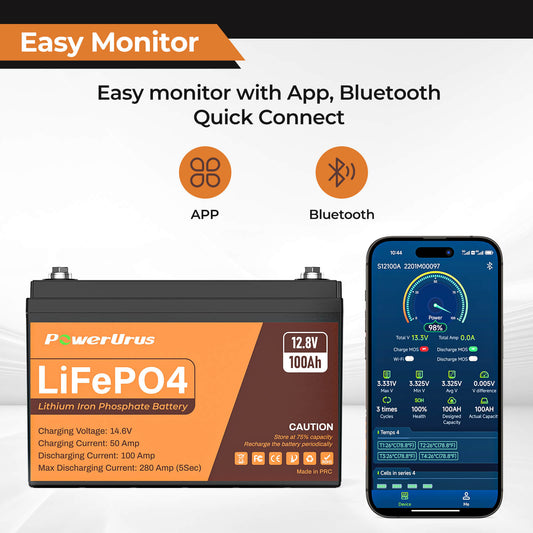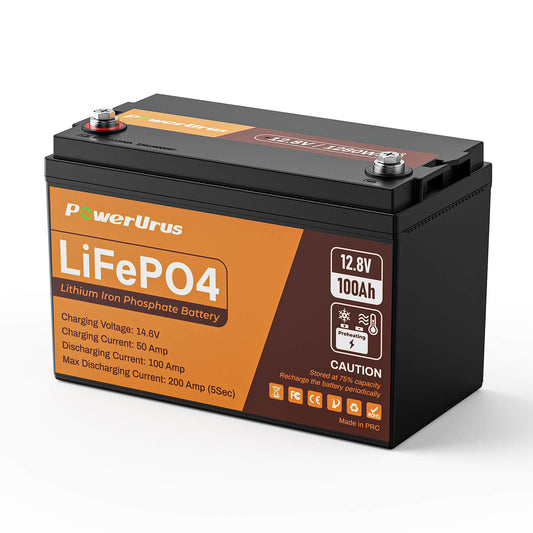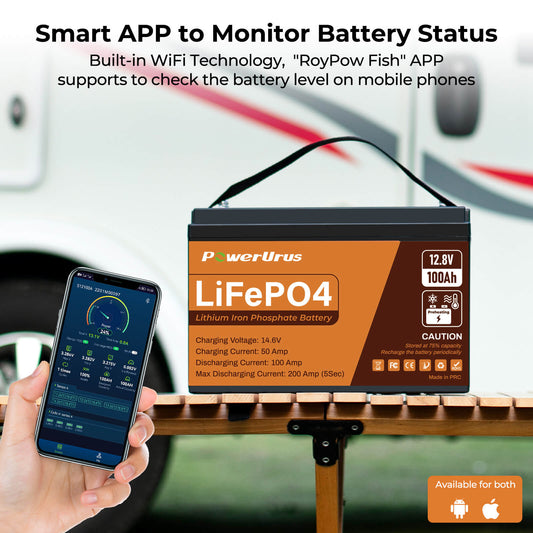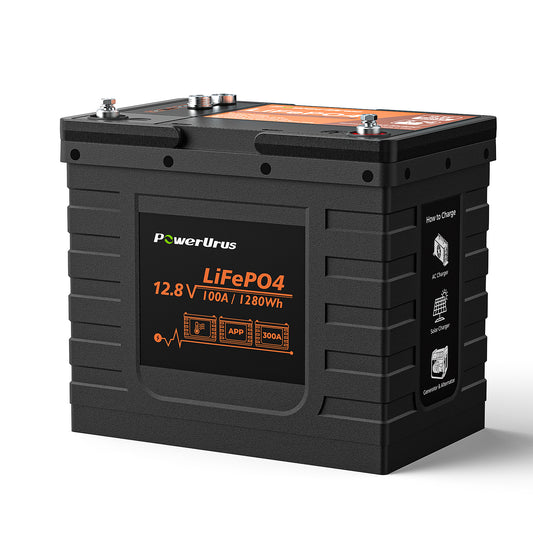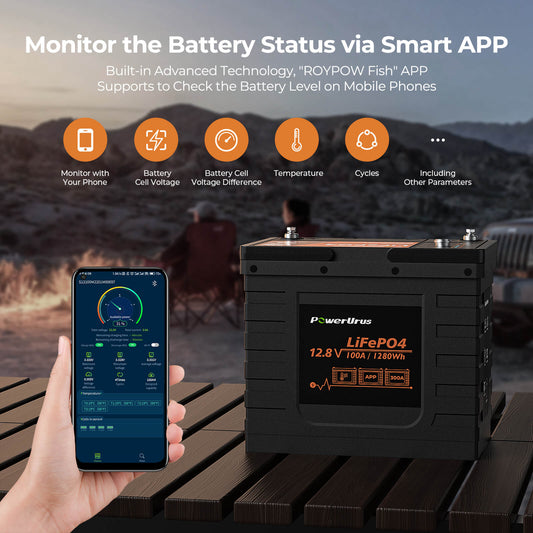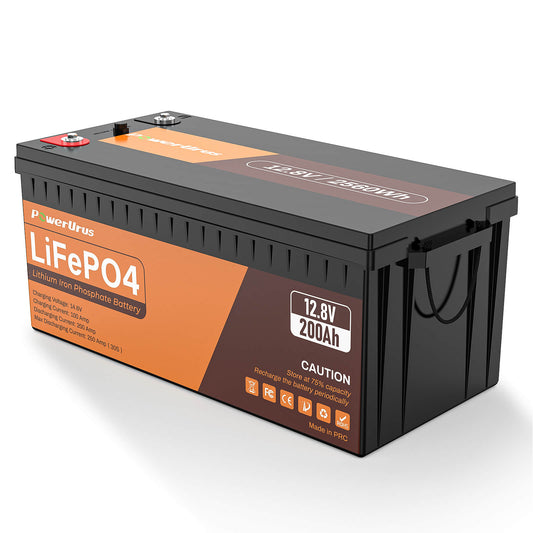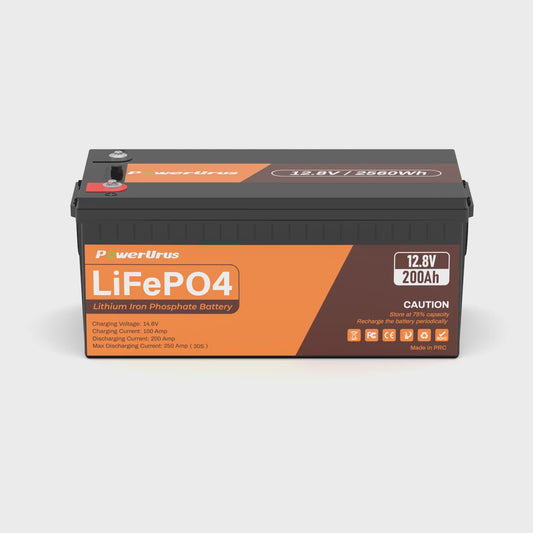Keeping Your Cool: The Essential Guide to LiFePO4 Battery Temperature Ranges
For boat owners, grasping how temperature influences your batteries is crucial for both performance and longevity. While Lithium iron phosphate (LiFePO4) batteries shine in nearly every aspect compared to traditional options, they still have their ideal operating and storage ranges. Here’s what you need to know to safeguard your investment—whether you’re dealing with a single 12V LiFePO4 battery or a multi-bank 48V LiFePO4 system.
Why Temperature Matters More Than You Think
Extreme heat or cold can affect all batteries, but LiFePO4 chemistry is much more resilient in these conditions than lead-acid batteries. Nevertheless, sticking to the manufacturer’s recommended ranges can really enhance:
Cycle life (3,000–5,000+ cycles)
Usable capacity (consistent output in varying climates)
Safety (thanks to built-in BMS protection)
Ideal Operating Temperatures for LiFePO4 Marine Batteries
Your LiFePO4 battery performs best within these temperature ranges:
|
Condition |
Temperature Range |
Impact on Performance |
|
Discharging |
-20°C to 60°C (-4°F to 140°F) |
Safe with minimal capacity loss |
|
Charging |
0°C to 45°C (32°F to 113°F) |
risks lithium plating |
|
Optimal Sweet Spot |
15°C to 25°C (59°F to 77°F) |
Maximum efficiency & longevity |
Key Takeaway: The Battery Management System (BMS) in Powerurus batteries automatically blocks charging below freezing to prevent damage. This feature makes our 12V lithium iron phosphate battery a safer choice than lead-acid in colder climates.
Storage Temperatures: Preserve Your Battery During Off-Season
When it’s time to store your boat, keep these guidelines in mind to maintain battery health:
Store Partially Charged: Keep it at 30–50% State of Charge (SoC).
Avoid Extremes: The ideal storage range is -10°C to 35°C (14°F to 95°F).
Never Store Fully Discharged: Always ensure your battery has some charge left.
Check Quarterly: Recharge if SoC drops below 20% during storage.
Pro Tip: Store batteries indoors or in insulated compartments—not directly on cold concrete.
Protecting Batteries in High-Heat Environments
While LiFePO4 tolerates heat better than lead-acid, sustained high temperatures accelerate aging:
Above 45°C (113°F): Capacity loss increases by ~0.5% per month
Above 60°C (140°F): Risk of BMS shutdown for safety
Solution: Install batteries away from engines/exhausts. Powerurus BMS actively monitors temperature for overheat protection.
Why Powerurus Stands Out in Extreme Conditions
All Powerurus marine LiFePO4 batteries —including 12V, 24V, 36V, and 48V systems —feature:
Military-Grade BMS: Enforces strict temperature limits during charging/discharging.
Wider Thermal Tolerance: Operates safely in -20°C to 60°C (-4°F to 140°F) environments.
Auto-Recovery: Resumes operation once temperatures normalize.
Maximize Your Battery’s Life in 3 Steps:
Monitor: Use a battery thermometer in extreme climates.
Insulate: Add thermal insulation around battery compartments.
Position Wisely: Install away from heat sources and direct sunlight.
Choose Batteries Engineered for Real-World Conditions
Temperature extremes shouldn’t compromise your power. Powerurus LiFePO4 marine batteries deliver reliable performance from frozen lakes to tropical waters—backed by intelligent protection you can trust.

